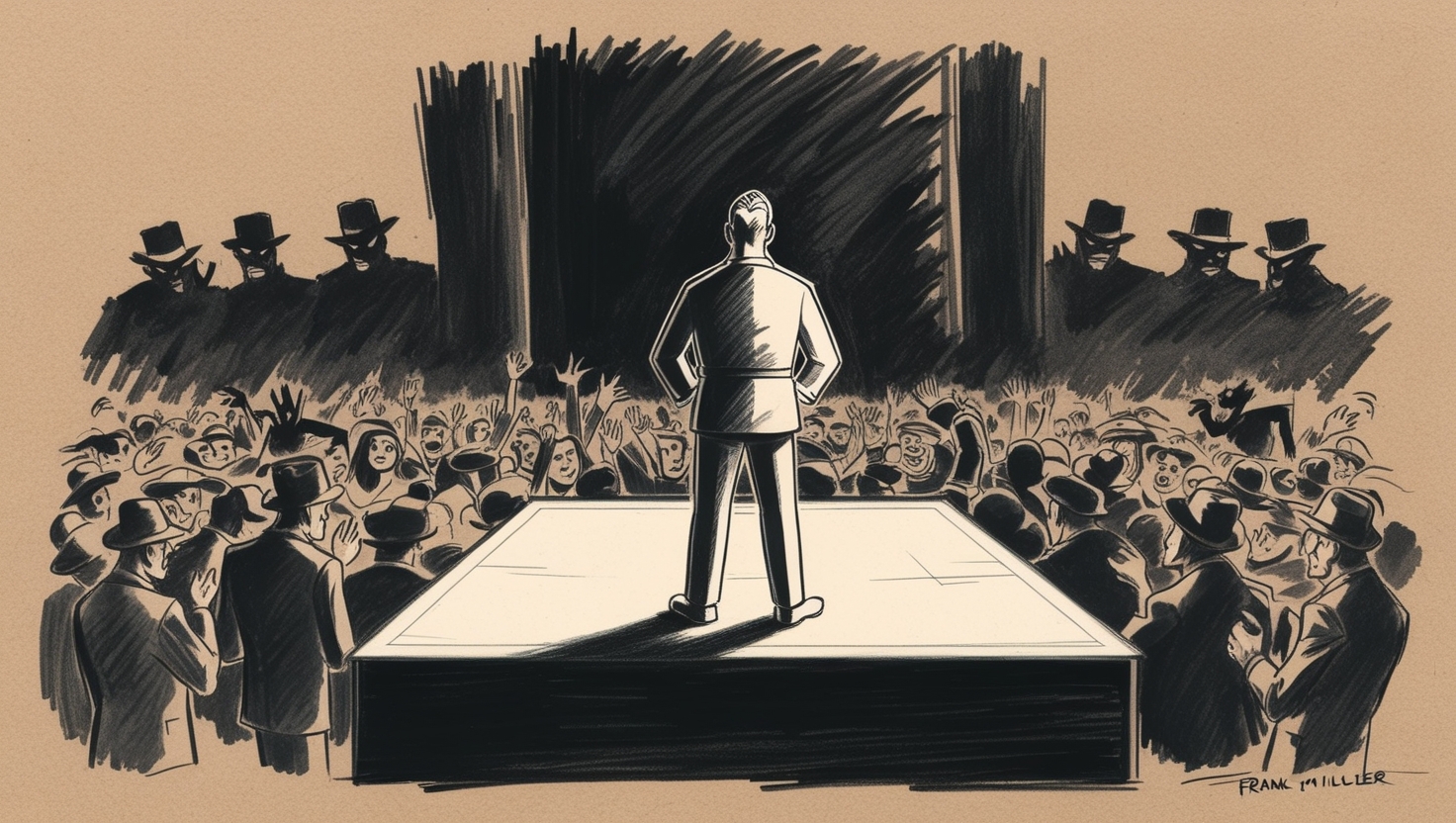The early morning hours of July 19, 2024, were chaotic as millions of computers worldwide were thrown into disarray. A software update from CrowdStrike, intended to bolster the security of their Falcon Sensor, instead triggered a catastrophic failure. Systems across the globe experienced crashes, bootloops, and severe operational disruptions, affecting critical sectors such as banking, healthcare, and even emergency services.
For Thomas Ellison and his team, this global IT meltdown was not a mere accident but a meticulously planned distraction. Cipher, the tech genius behind Ellison’s cyber operations, had crafted the perfect smokescreen. The chaos provided the cover needed to execute a series of precise cyber attacks aimed at securing Ellison’s path to ultimate power.
In a dimly lit room at Ellison’s secure compound, Cipher and his elite team monitored the unfolding disaster. Every minute, new reports of system failures and service disruptions came in. Major airlines were grounded, 911 call centers went offline, and even global news networks struggled to broadcast. Amidst this chaos, Cipher’s team launched their real operation: penetrating the systems of Ellison’s political adversaries and other key targets.
“The update is live,” Cipher announced, his fingers dancing over the keyboard. “All systems are go.”
Ellison, standing at the edge of the room, nodded. “Proceed with phase two.”
The real objective was simple yet ambitious: to gather incriminating evidence and secrets from their enemies’ systems, discredit them, and clear any obstacles in Ellison’s path to the presidency. With the world’s attention focused on the unprecedented IT disaster, Cipher’s team could operate with impunity.
As the update rolled out, CrowdStrike was quick to issue statements, acknowledging the flaw and promising a swift fix. However, the damage was done. The timing of the failure, coinciding with the peak of global business hours, maximized its impact.
Using the chaos as cover, Cipher’s team infiltrated the servers of Senator Marcus Hale, Director Evelyn Reed of the National Intelligence Agency, and Harold Brighton, CEO of a major defense contractor. Each target had ties to the conspiracy against Ellison, and the data stored on their systems would prove invaluable.
“Target one compromised,” one of Cipher’s operatives reported. “Downloading data now.”
Ellison watched the screens intently. This was the culmination of months of planning. The information extracted from these servers would not only confirm the identities of those behind the assassination attempt but also provide leverage against them.
The operation continued with ruthless efficiency. Emails, financial transactions, and confidential reports were pulled from the compromised systems. Each piece of data was meticulously analyzed and cross-referenced, building a comprehensive picture of the conspiracy.
Meanwhile, the public narrative was carefully managed. Rebecca Lang, Ellison’s media strategist, ensured that the focus remained on the CrowdStrike incident. News outlets were flooded with stories about the global IT meltdown, the impact on various sectors, and CrowdStrike’s efforts to resolve the issue. Lang’s team also seeded stories about potential cyber threats, suggesting that malicious actors might exploit the chaos to further their agendas.
In the midst of this, Ellison made a public statement, positioning himself as a leader ready to tackle the crisis. “We are facing an unprecedented cyber disaster,” he declared from a carefully staged press conference. “But rest assured, we will overcome this challenge. Our nation’s resilience will shine through.”
The public, already rattled by the chaos, found solace in Ellison’s reassuring words. His calm demeanor and decisive action contrasted sharply with the apparent incompetence of his rivals, many of whom were struggling to manage the fallout from the update failure.
As the dust began to settle, the true scale of Cipher’s operation became apparent. The data extracted from Hale, Reed, and Brighton revealed a web of deceit and corruption. Hale’s emails showed backdoor deals and attempts to undermine Ellison’s campaign. Reed’s files included classified intelligence reports manipulated to mislead investigations. Brighton’s financial records exposed illegal transactions and ties to shadowy organizations.
Ellison’s team moved quickly to capitalize on the information. Lang orchestrated a series of strategic leaks, timed to inflict maximum damage on Ellison’s enemies. The media was fed a steady stream of revelations, each one more damning than the last. Public opinion turned sharply against Hale, Reed, and Brighton, their reputations irreparably damaged.
In the political arena, Ellison’s rivals were reeling. Hale was forced to withdraw from the race, his career in tatters. Reed faced a congressional inquiry and eventual resignation, her credibility destroyed. Brighton’s empire crumbled as regulators and law enforcement agencies descended upon him.
With his primary adversaries neutralized, Ellison’s path to the presidency was clear. He continued to campaign with renewed vigor, his message of strength and resilience resonating with voters. The chaos of the CrowdStrike incident was quickly forgotten, overshadowed by the dramatic downfall of Ellison’s rivals.
Behind the scenes, Cipher ensured that no traces of their operation remained. The infiltrations were carefully scrubbed from the compromised systems, leaving no evidence of tampering. The narrative of a spontaneous, unfortunate software glitch held firm, and CrowdStrike’s efforts to remediate the issue were widely praised.




